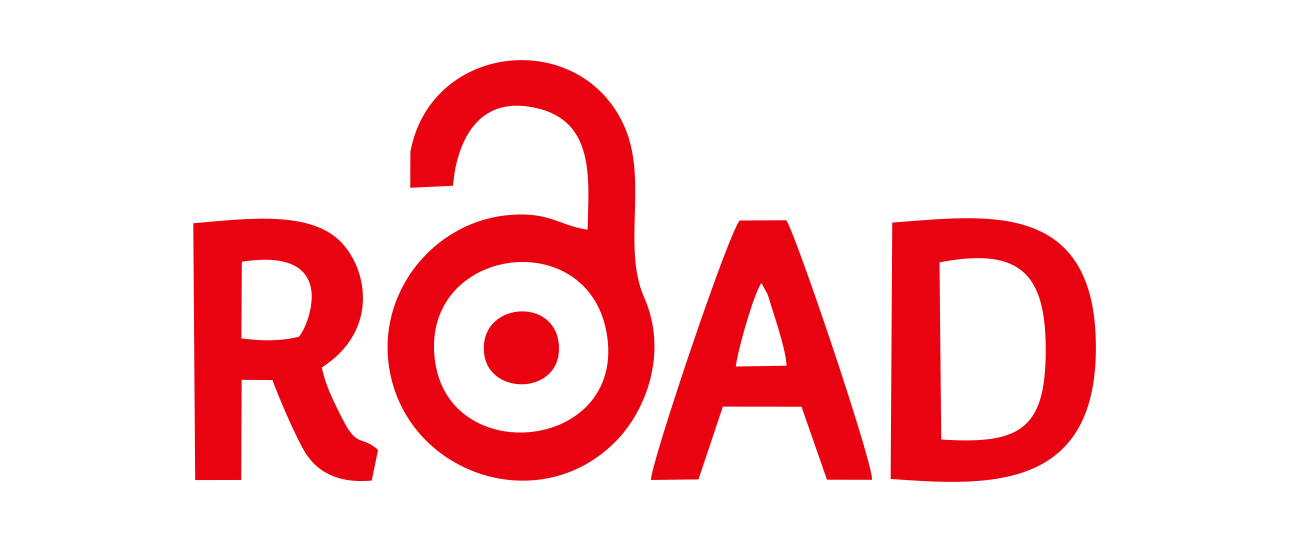Analysis of the Degradation of Nutritional and Bioactive Components of Purple Sweet Potato during Drying into Flour Using Cabinet Dryer
(1) Agricultural Technology Education Study Program, Faculty of Engineering, Universitas Negeri Makassar
(2) Agricultural Technology Education Study Program, Faculty of Engineering, Universitas Negeri Makassar
(3) Agricultural Technology Education Study Program, Faculty of Engineering, Universitas Negeri Makassar
(4) Alumni of Agricultural Technology Education, Faculty of Engineering, Universitas Negeri Makassar
(5) Alumni of Agricultural Technology Education, Faculty of Engineering, Universitas Negeri Makassar
(*) Corresponding Author
DOI: https://doi.org/10.26858/jai.v1i1.47678
Abstract
Sweet potato has the potential to be developed as a source of raw material for making flour to substitute the use of wheat flour. The sweet potatoes used in this study as flour were sweet potatoes with purple flesh. Processing of purple sweet potato into flour can be done through the drying process. The purpose of this study was to evaluate the effect of the temperature used in the cabinet dryer on the rate of degradation of the nutritional components and bioactive components of purple sweet potato during the flouring process. Purple sweet potato is cleaned and made into chips with a size of ± 2 mm and then dried in a cabinet dryer. The variables in this study were temperature (50 ºC, 55 ºC, 60 ºC) and drying time (1, 2, 3, 4, 5, 6, 7, 8 hours). Each treatment was repeated 3 times and observed for water content, total sugar, reducing sugar, beta-carotene, anthocyanins, polyphenols, and antioxidant activity. Data were analyzed using a Completely Randomized Factorial Design followed by Duncan's Test. The results showed that temperature and drying time had a significant effect on the nutritional and bioactive components of purple sweet potato during the drying process. A temperature of 60 ºC can be recommended as one of the temperatures used to dry purple sweet potatoes with a drying time of 5 hours. At this temperature and drying time, the anthocyanin content and antioxidant activity still have their biological properties. The characteristics of purple sweet potato slices in this treatment were 9.62% water content, 0.84% total sugar, 0.52% reducing sugar, 0.74% beta-carotene, 25.25% anthocyanins, 4.93% polyphenols, and 2.29% antioxidant activity.
Full Text:
PDFReferences
AOAC. 2005. Official Methods of Analysis of the Association of Official Analytical Chemists. Association of Official Analytical Chemists, Washington, DC.
Apriyantono A, Fardiaz D, Puspitasari NL, Sedarnawati, Budiyanto S. 1989. Food Analysis Laboratory Manual. Bogor: Ministry of Education and Culture Directorate General of Higher Education Inter- University Center for Food and Nutrition, Bogor Agricultural University.
Azima SAM, Noriham A, Manshoor N. 2014. Anthocyianin Content In Relation To The Antioxidant Activity And Color Properties Of Garcinia Mangostana Peel, Syzigium Cumini And Ciltoria Ternatea Extracts. International Food Reseach Journal 21(6).
Budiman. 2009. Application of Cassava Starch as Edible Coating Raw Material to Extend the Shelf Life of Cavendish Banana. Thesis. Not Published. Bogor: Department of Food Science and Technology, Faculty of Agricultural Technology, IPB.
Chairunnisak, A. 2011. Dryer Equipment, Drying Chocolate Using Cabinet Dryer. Department of Chemical Engineering. Banda Aceh. 17 pp.
Dhani A.U. 2020. Making Purple Sweet Potato Flour in an Effort to Diversify Food in the SME Home Industry Griya Ketelaqu in Plalangan Village, Gunungpati District, Semarang City. Faculty of Agricultural Technology, University of August 17, 1945
Dubois, M., Gilles, K.A., Hamilton, J.K., Rebers. P.A,, and Amith. F. 1956. Calorimetric Method for Determination of Sugars and Releated Substance. Anal Chem. 28(3):350-356.
Francis FJ. 1999. Colorants. MINNESOTA, USA. Eagan Press.
Ginting, E., Yulifianti, R., Jusuf, M. J. M. 2014. Sweet Potatoes as Ingredients of Local Food Diversification. Food Journal, 23(2), 194-207.
Hutapea, C. B. R., and Sitorus, R. E. 2017. Engineering Study of Reduced Sugar Production from Coffee Fruit Peel Waste (Parchment hull/endocarp) (Doctoral dissertation, Institut Teknologi Sepuluh Nopember).
Jiao, Y., Y. Jiang, W. Zhai and Z Yang. 2012. Studies on antioxidant capaty of anthoxyanin extract from purple sweet potato (Ipomoea batatas L.) African Journal of Biotechnology, 11. 7046-7054.
Jiao, Y., Y. Jiang, W. Zhai and Z Yang. 2012. Studies on antioxidant capaty of anthoxyanin extract from purple sweet potato (Ipomoea batatas L.) African Journal of Biotechnology, 11. 7046-7054.
Molyneux, P. 2004. The use of the stable free radical diphenylpicrylhydrazyl (DPPH) for estimating antioxidant activity. Songklanakarin J.Sci.Technol, 26(2): 211-219.
Muchtadi TR., Sugiyono. 2014. Principles of Food Process and Technology. Bandung: Alfabeta Publisher.
Murtiningsih, Suyanti. 2011. Making Tuber Flour and its Processed Variations. Argo Media Pustaka, Jakarta.
Sakidja. 1989. Food Chemistry. Ministry of Education and Culture, Directorate General of Higher Education, Project for the Development of Educational Institutions for Educational Personnel, Jakarta.
Shi, Z., Bassa, I.A., Gabriel, S.L. and Francis, F.J. (1992). Anthocyanin pigments of sweet potatoes- ipomea batatas, Journal of Food Science. 57: 755-757.
Sudarmadji, S., B. Haryono, and Suhardi. 1997. Analytical Procedures for Food and Agricultural Materials. Liberty. Yogyakarta.
Sulistyo, S. T. 1992. Fructose Syrup Production from Inulin of Dahlia Tuber in a Packed Bed Continuous Reactor Using Immobilized Inulase Enzyme. Thesis. Bogor Agricultural University.
Syamsir, E., Honestin, T. 2009. Physicochemical Characteristics of Sukuh Variety Sweet Potatoes (Ipomea batatas) Flours Made with Various Methods. Journal of Food Technology and Industry, 20(2), 90.
Timberlake, C. F. and P. Bridle. 1997. The Anthocyanins. In J. B. Horborne (ed). The Flavonoids.
Chapman and Hall, London.
Tobri, M. 2006. Physical and Organoleptic Quality of Broiler Chicken Meat whose Rations are Supplemented with Omega-Containing Fish Oil. Thesis. Bogor: Bogor Agricultural Institute.
Winarsih H. 2007. Natural Antioxidants and Free Radicals Potential and Application in Health.
Yogyakarta. Kanisius.
Woolfe, J.A. 1992. Sweet Potato: An Untapped Food Resource. Cambridge University Press, Australia. Zuraida, Suprianti. 2013. Sweet Potato Farming Business as an Alternative Food and Diversification of
Carbohydrate Sources. Agrobio Bulletin.
Article Metrics
Abstract view : 263 times | PDF view : 33 timesRefbacks
- There are currently no refbacks.
Copyright (c) 2023 Author(s)

This work is licensed under a Creative Commons Attribution 4.0 International License.
Publisher Address :
Agricultural Technology Education Study Program, Faculty of Engineering, Universitas Negeri Makassar
Kampus UNM Parang Tambung, Jalan Daeng Tata Raya, Makassar, South Sulawesi, Indonesia 90224
Email: [email protected]
Website: https://ojs.unm.ac.id/journalagroscience
Journal of Agroscience Indonesia Indexed by:
This journal is published under the terms of Creative Commons Attribution 4.0 International License.






